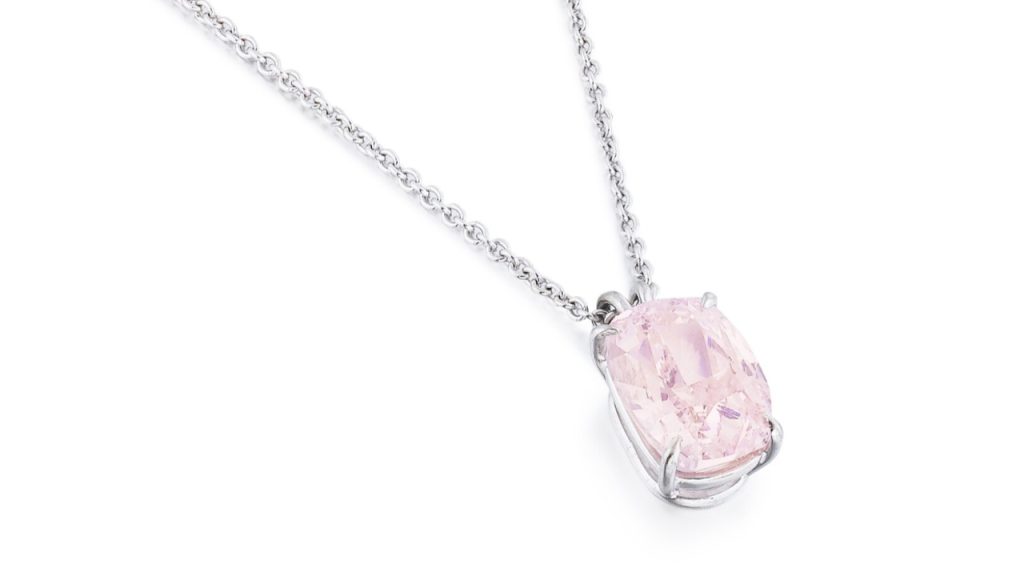
Canada’s Dominion Diamond Mines is suing Rio Tinto’s subsidiary DDMI, its associate in the iconic Diavik mine, for alleged breach of contract and acting against the best interests of the partnership.
The lawsuit, filed on Tuesday in the Supreme Court of British Columbia, alleges that Diavik Diamond Mines, which owns 60% of Diavik, has operated the mine in a manner that shows “willful misconduct and gross negligence.”
Rio’s subsidiary runs the Canadian Artic diamond mine, but takes regular payments from Dominion to cover the corresponding 40% share of the costs. The partners then divide up the diamonds produced at Diavik and sell them separately.
“DDMI has continued to maintain full operations at the Diavik mine without taking into account the disruptions to the diamond industry caused by the covid-19 and, in particular, without taking into account Dominion’s circumstances,” the suit alleges.
“DDMI has done so knowing that Dominion has no ability to pay for such cash calls because it cannot materially monetize diamond inventories to pay for them,” it notes.
DOMINION DIAMOND, WHICH IS FIGHTING BANKRUPTCY, ALLEGES DDMI IS MANAGING DIAVIK TO THE BENEFIT OF ITS MAJORITY OWNER, RIO TINTO
A spokesperson for Rio Tinto told mining.com the company would be “vigorously” defending Dominion’s “baseless claims” in court.
“We regret Dominion filing what are baseless claims against us,” the source said. “We remain focused on managing the mine safely just as we continue to protect Diavik’s interests in Dominion’s insolvency proceedings and the jobs of the more than 1,120 people who work at Diavik.”
The two companies are already tangled up in separate legal proceedings relating to Dominion filing for creditor protection in April.
The diamond miner said at the time that the covid-19 pandemic had had a “devastating impact” on the global diamond mining industry, particularly in the company.
Dominion signed in May a letter of intent to sell its stake in Diavik mine, in the Northwest Territories, as well as the neighbouring Ekati mine to a firm controlled by its parent company, the Washington Companies, for $126 million.
Under the deal, which is subject to a court-supervised bidding process, the privately held Montana-based conglomerate would also provide Dominion with up to $84 million in short-term debtor-in-possession financing.
The Toronto-based diamond miner was hoping to reach an agreement with Rio Tinto on Diavik, which is scheduled to close in 2025, with cleanup costs estimated at $365.3 million.
The global miner, however, said on Monday it did not intend to take full control of the Canadian Arctic diamond mine.
Shattered dreams
The coronavirus pandemic squashed diamond miners’ dawning hopes of a recovery in a sector already reeling from weak prices and demand since late 2018.
The coronavirus pandemic squashed diamond miners’ dawning hopes of a recovery in a sector already reeling from weak prices and demand since late 2018.
De Beers, the world’s largest producer by value, cut 2020 production guidance by a fifth last month after earlier cancelling its April sales event.
Russia’s Alrosa, the world’s top diamond producer by output, saw sales for rough and polished diamonds drop to $15.6 million. The figure stood in stark contrast to the $152.8 million the diamond miner fetched in March and the $405 million in January.
DOMINION IS SEEKING DAMAGES, COSTS, AND A RULING THAT THE JOINT VENTURE AGREEMENT HAS BEEN BROKEN. NO CASH VALUE WAS GIVEN IN THE FILING
Lucara Diamond, another Canadian company, posted earlier this month a net loss of $3.2 million, or $0.01 a share, for the first three months of the year.
The figure was in sharp contrast with the $7.4 million in net income, or $0.02 in earning per share the miner reported in the same period last year.
South Africa’s Petra Diamonds recently delayed interest payments to borrow $21 million in new debt, a crucial move to keep the company afloat.
Investment banks are increasingly reluctant to extend credit to diamond producers, as inventory is not being sold and defaults are possible, analysts have warned.
“We are concerned about an oversupply of rough diamonds following the reopening of economies, as a lot of inventory could potentially be flooded into the system and the market might not be able to absorb all of it, resulting in increased pricing pressure,” Citi said in an early May note.
Source: DCLA





